
Why wetlands matter to communities
Your community may face expensive and challenging water problems, such as flooding, poor drinking water, and degraded lakes and rivers. Because of how they control and cleanse water, and provide habitat, wetlands are a community asset that can help your community deliver a number of amenities and services. Wetlands are a solution that help make healthy, safe, and livable communities.
Any of these problems look familiar? Wetlands can help.
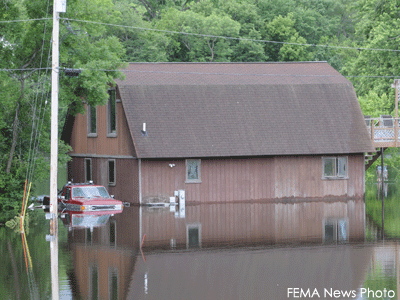
Floods
Wetlands naturally slow the flow of water after storm events. Protecting and restoring wetlands can make your community more resilient to floods.
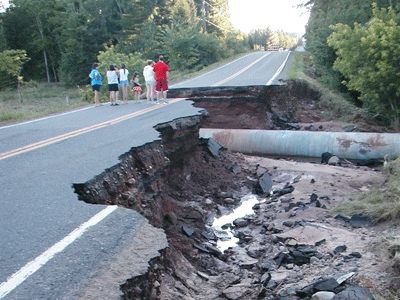
Road and culvert washouts
Wetlands naturally control the movement of water across the landscape. Protecting and restoring wetland hydrology, especially upstream from infrastructure, can reduce the volume of water that may put a strain on roads, culverts, and other water-related infrastructure.
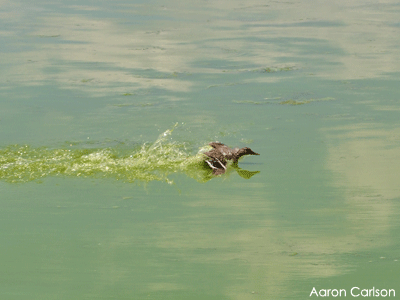
Unhealthy water
Wetlands naturally clean sediment, phosphorous, nitrogen, and bacteria from water. Protecting and restoring wetlands can maintain and improve your drinking water supply and the quality of your lakes, rivers, and streams.
Wetlands can help make your community healthy, safe, and livable.
Healthy
Wetlands provide clean, reliable water that residents, tourists, and businesses enjoy and depend on. Wetlands make communities healthier by:
- Decreasing sediments, nutrients, and bacteria that makes lakes and rivers unattractive and harmful to use for swimming, boating, fishing, and hunting.
- Receiving and recharging groundwater, helping to maintain healthy aquifers and drinking water supplies for residents, farmers, and businesses.

Safe
Wetlands reduce flood risks, contributing to the resiliency of your community and keeping people, properties, infrastructure, and other assets safe by:
- Stabilizing shorelines and capturing, storing, and slowly releasing water after snowmelt and precipitation.
- Slowing the flow of high-velocity runoff and floodwaters, giving water a place to spread out and infiltrate before causing flood damages downstream.
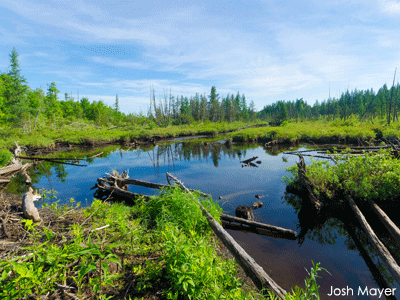
Livable
Wetlands contribute to a community’s unique character, making them more attractive places to live, work, and explore. Wetlands sustain a community’s tax base, improve general welfare, and enhance a sense of place by:
- Providing essential habitat for game fish, waterfowl, deer, beaver, and more.
- Providing community members and visitors with places to enjoy the outdoors, including fishing, hunting, paddling, birdwatching, and hiking.
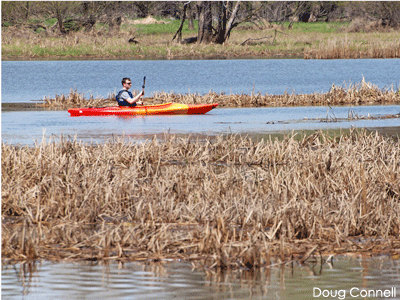
Tools for local decision-makers
Ready to put wetlands to work for your community? We have tools to help you enact plans, policies, and practices that help preserve and improve your community’s wetland landscape.
